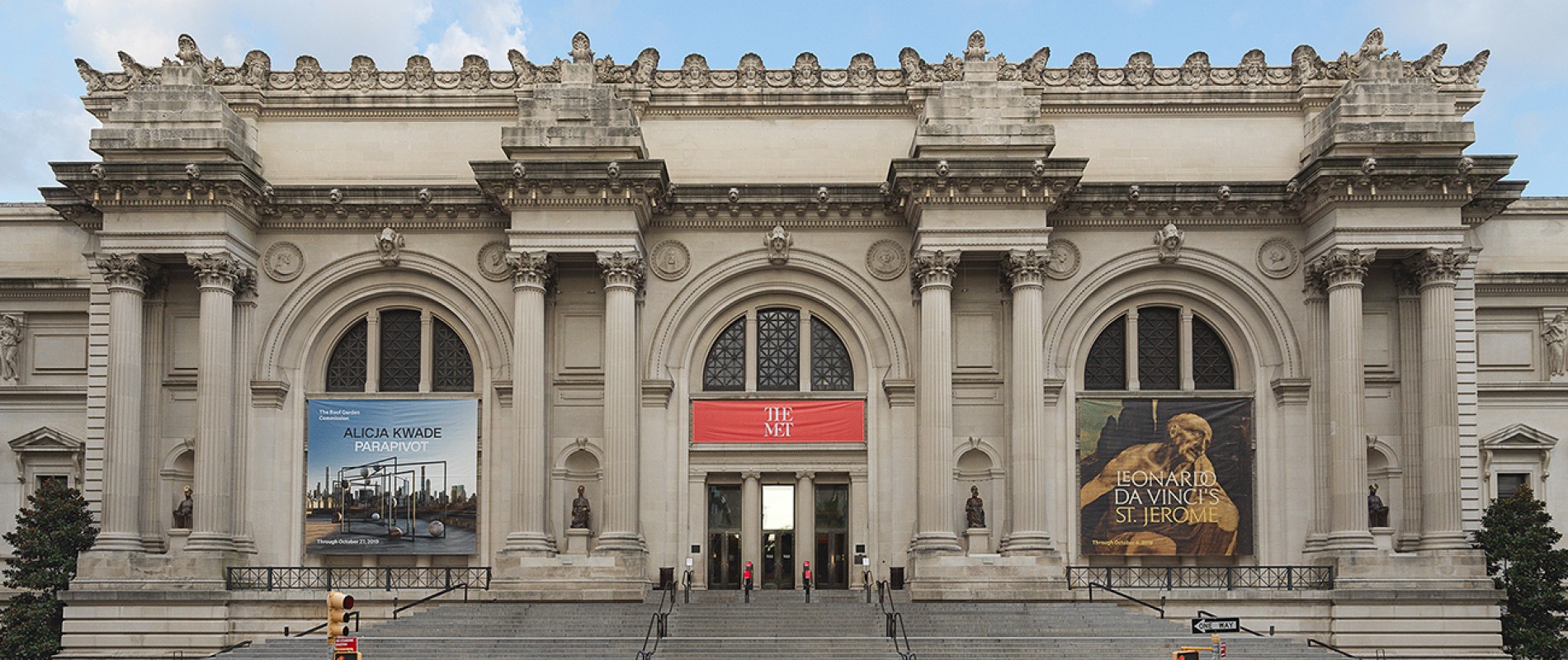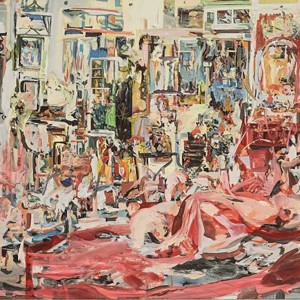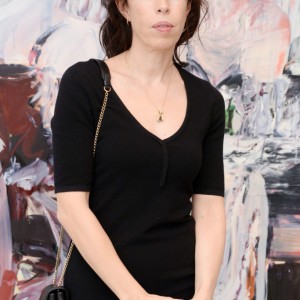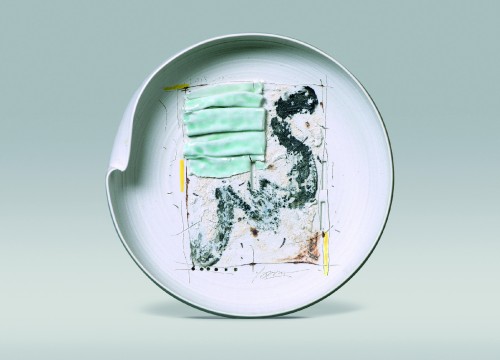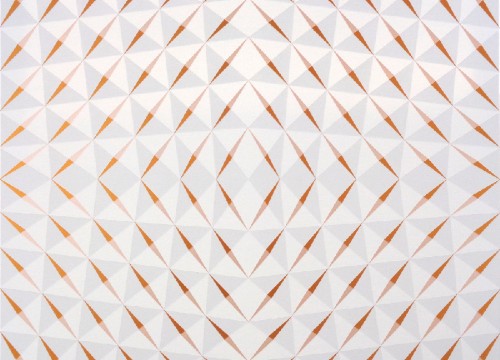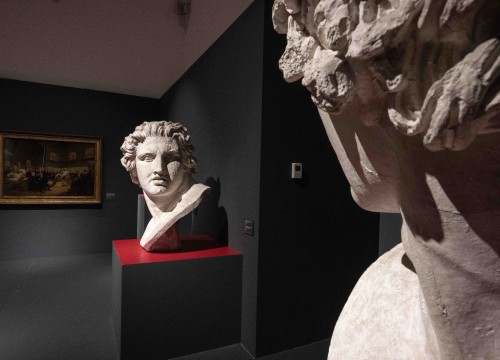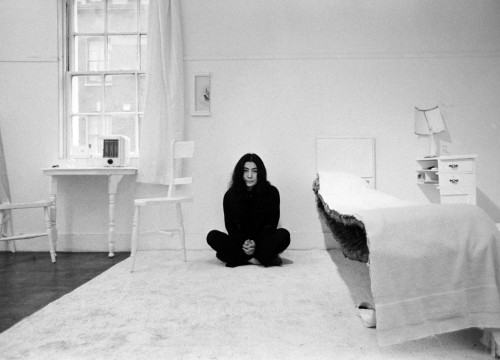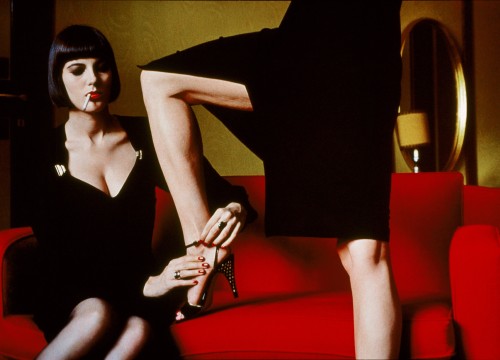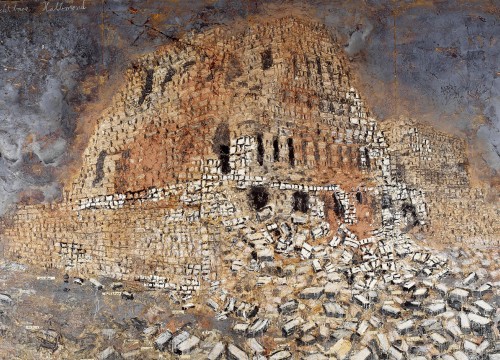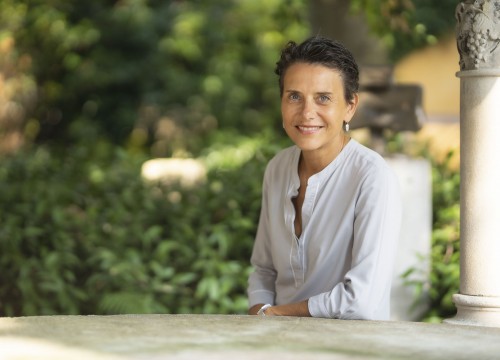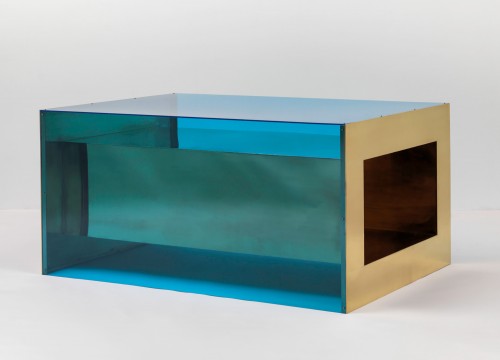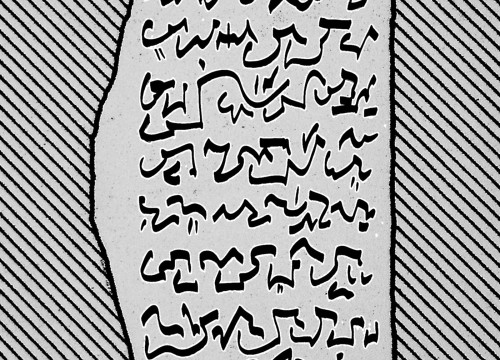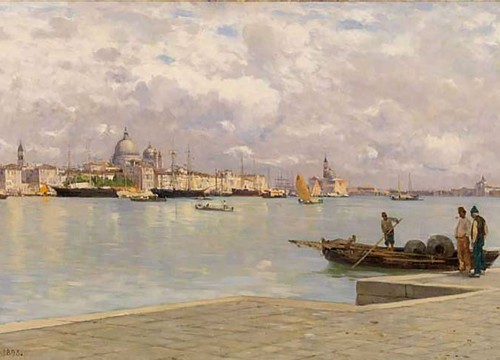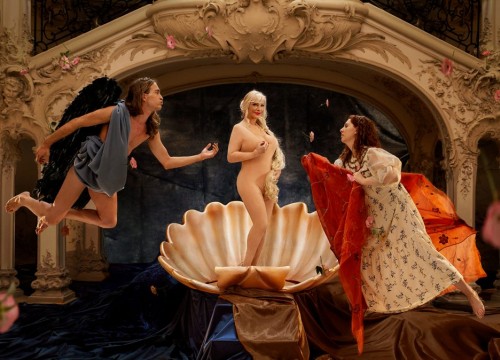The British artist has made repetition the most distinctive feature of his art
“I’m repeating myself”. It is difficult for an artist to admit as the repetitiveness is part of the practice. Especially nowadays, when the recognizability of a style is so crucial to the fortunes of an artwork and a career. This scenario is central to contemporary artistic production and accelerated by the internet, where the visual offer is so high that standing out from the crowd becomes even more important. Once you have found the path to success, it is difficult to depart from it. The artist tends to repeat for the rest of the career, with works that at most seem discrete variations of the same style.
REPETITION BECOMES RE-PROPOSITION, AT THE SAME TIME APPROPRIATION OF THE WORK OF OTHERS AND PERSONAL REWORKING
Cecily Brown’s admission - almost self-denunciation - on the occasion of her great New York retrospective at the MET (“Cecily Brown: Death and the Maid”, until December 3rd) is more interesting because it shows how a widespread practice, revealing the spirit of the time, can become so central, conscious and fruitful. The British artist, in fact, has perhaps made repetition the most distinctive feature of her brushstrokes so material and precise. In fact, repetition as a copy through the reworking of the masterpieces of the great masters, such as El Greco and Bruegel.
SHE LOOKS TO THE GREAT MASTERS SUCH AS EL GRECO AND BRUEGEL IN A MIXTURE OF DELETION AND ADAPTATION TO HER OWN STYLE
The re-proposal thus becomes at the same time appropriation of the work of others and reworking - a mixture of deletion and re-proposition -, through the adaptation of the work to her own style. But the style itself is repetitive, in at least two ways. On the first one it has already been said: repetitiveness as one of the most distinctive features of modern and contemporary artistic practice. The second concerns the forging of style as a re-proposal of the lesson of the great masters of abstract expressionism, Pollock and De Kooning. The outcome seems almost obvious, but simplicity is an illusion that only true artists and great magicians can produce: the figuration of the original work meets abstraction through layers of tempera of a very dense grain.
MEMENTO MORI IS ONE OF THE MOST POPULAR THEME
As dense as the grain of time must be. As dense as the grain of memory must be.
It is no wonder that one of the themes most popular by Cecily Brown is that - how much more classic? - of the Memento mori. Memory, remembrance, what are they if not repetition? Repetition, but also re- proposal, stratification of random memories as brushstrokes. In a sense it is a falsification, because there is no purified memory of the experience of those who mend. The absence of originality as a work of time leads the artistic practice to the appropriation of memories of others, and this is perhaps the subject of which dreams are really made.

